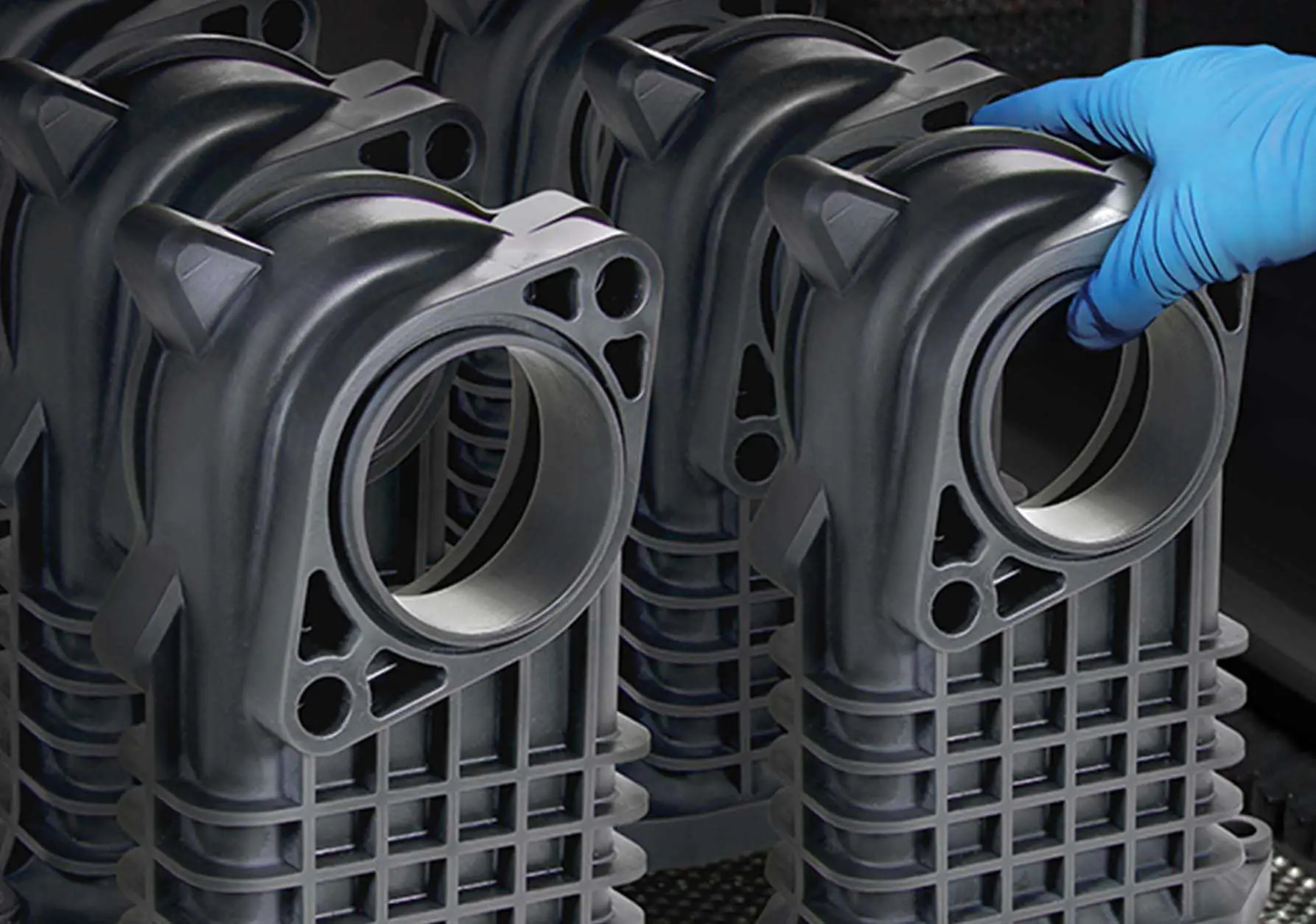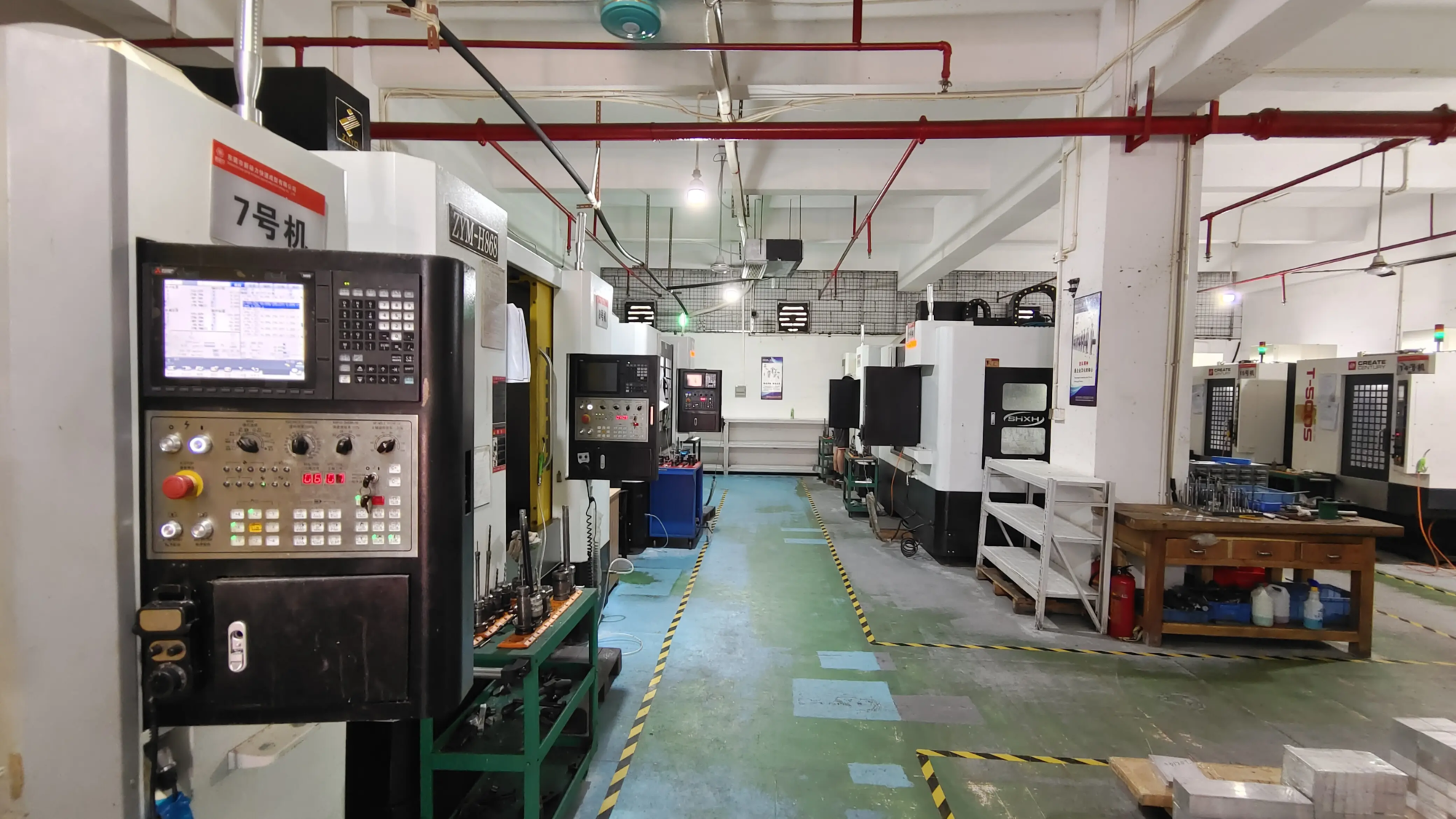Imitation of nature
In nature, many biologicals use microfiber structures to reach several functions. For example, tiny blood vessels provide oxygen to muscles, hair in some animals can act like sensors (such as beard), while spiders use filaments to weave traps or build nests. Animals such as lizards even count on hair -shaped structures to climb vertical walls. Even more interesting, Hagfish pulverizes fibrous gels in predators, covering their gills and their eyes as a defense mechanism.
The engineers tried to reproduce these natural phenomena, but the limits of traditional manufacturing processes make this objective difficult to achieve. Although recent progress in high -resolution 3D 3D printing technology solve certain problems, many challenges remain. Now, a new 3D printing method should fill this technological gap and promote the development of an ultra-fine structural design.
Limits of traditional 3D printing methods
Traditional 3D printing techniques extrude the layer of material by layer in an open environment through nozzles and solvents, then heal in time, heat or laser. Although the technological progress of recent years has made it possible to print thinner extrudats, their replication capacities are still limited.
The main drawbacks of the traditional approach include the direction of the printing part – each layer must be able to support the following layer, which generally requires an additional support structure, which increases the workload and time . In addition, when engineers try to print structures as small as hair, it often encounters problems with insufficient structural integrity, and gravity and other external forces can cause ultra-thin structures.
Advantages of integrated 3D printing
Integrated 3D printing solves these problems by printing in another environment. This method uses materials such as hydrogels to support the printing structure, so that it remains stable during hardening and hardening. Not only can hydrogels be reused, but they can also support a variety of filament materials, creating complex structures.
However, integrated 3D printing still has limits. Although it works well in the printing of thinner structures such as coil springs, when printing microfibers with diameters less than 3 microns, they are always affected by the problems of breakdown of the filaments caused by the hair phenomena.
New integrated 3D printing method: 3DPX
Inspired by Nature, a research team from Danguk University in South Korea has developed a new integrated 3D printing method called 3DPX (3D printing via the exchange of solvents). This method combines frost conceptions and new non -Newtonian printers to allow the printing of filament structures at the Micron scale.
This bionic method was published in the journal Nature Communications entitled “Quick 3D printing of small continuously continuous fibers by exchange of integrated solvents.”
The non -Newtonian frost removes the capillary rupture caused by the surface tension by exchange of solvents, allowing the print nozzle to move freely while providing the necessary support for fine fibers. In addition, the 3DPX method uses mixed solvents to obtain an instant hardening, so that the ink solidifies quickly after contacting the frost. This feature allows you to print complex ultra-immersion structures which are not possible in traditional methods.
Tests of tests and potential
The research team has verified the effectiveness of the 3DPX method through personalized 3D printers. The test results show that the method can reach an inner diameter of 5 microns and a thin resolution of 1.5 microns. The ability to print structures using soft materials with diameters as small as 1 micron has brought a revolutionary potential in the field of materials science.
Not only is the 3DPX method faster than traditional methods (hardening speed up to 2.33 microns / sec, 500,000 times faster than competing methods), but it also supports Multi-Museau parallel printing , offering possibilities for large -scale manufacturing applications. This flexibility allows it to easily integrate into existing manufacturing processes and should play an important role in areas such as the manufacture of semiconductors.
Impact on the semiconductor industry
Percées in 3DPX technology offer the possibility of manufacturing fully active 3D printed semiconductors such as self-recovery fuses. This technology should manufacture semiconductor equipment at a lower cost and higher efficiency, thus having a deep impact on industry.
The research team plans to extend the scope of tests more and explore more equipment and frost applications. With the continuous development of 3D printing technology, this integrated 3D printing method that imitates nature should open new application scenarios in the fields of medical care, electronics, aerospace, etc.





